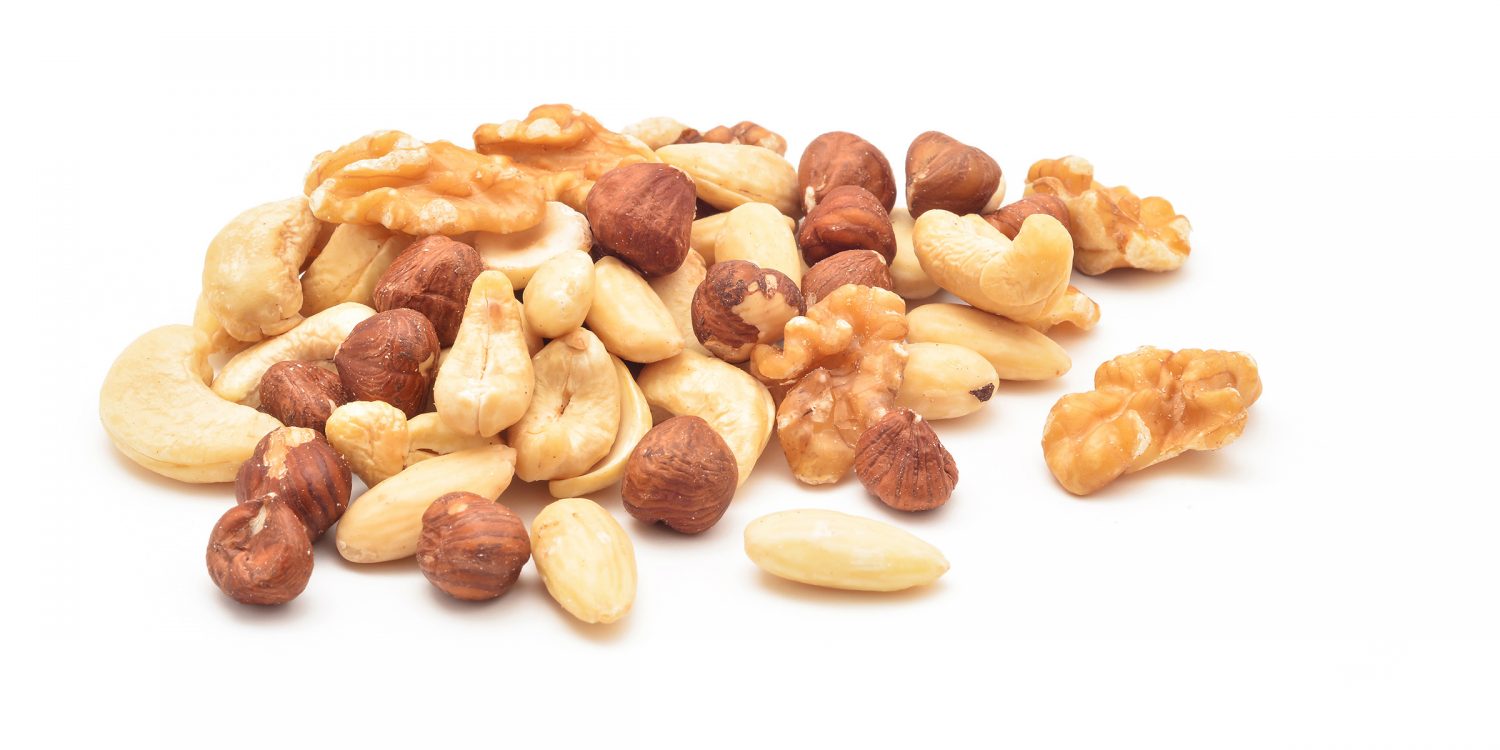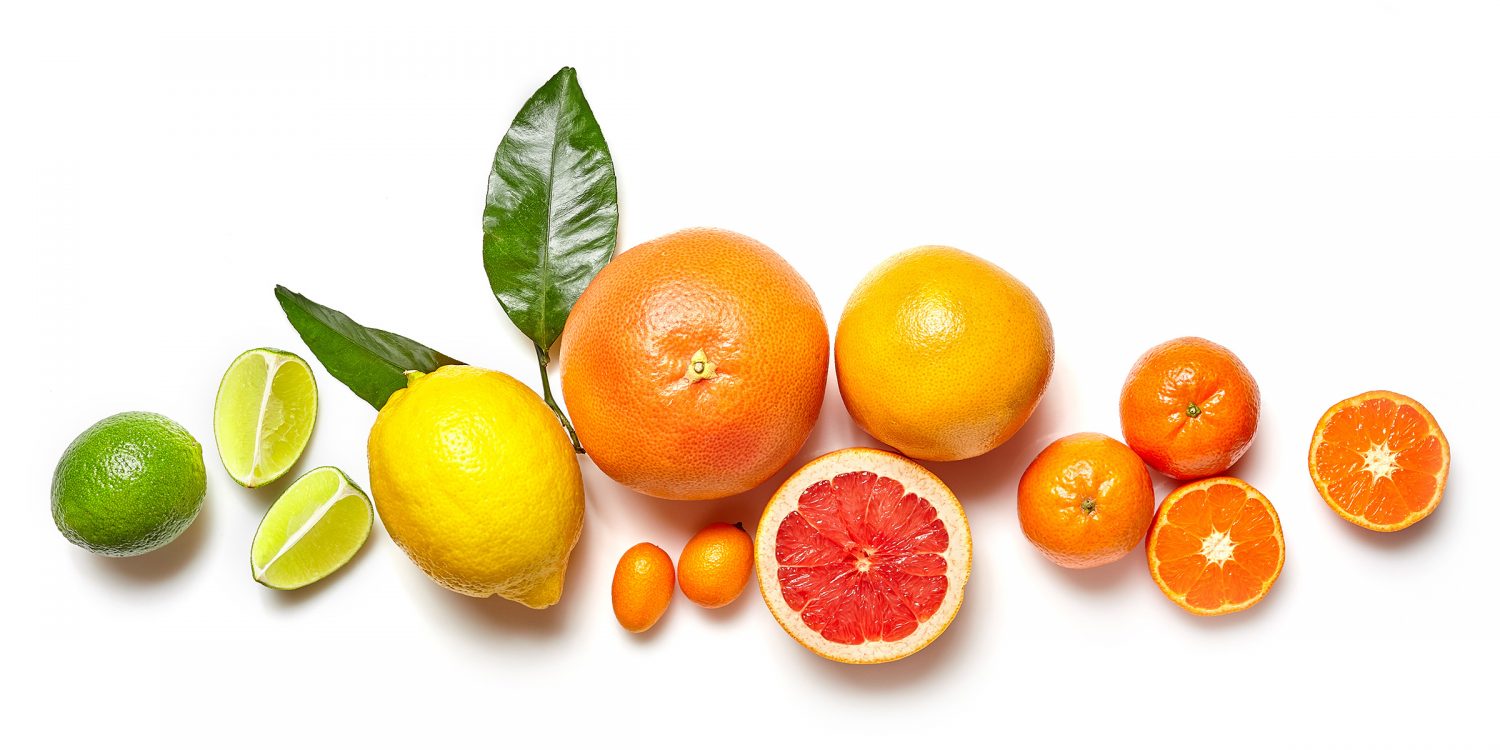Vitamins by the glass
PARIS — I actually wanted to start juicing last summer, when I was in the throes of testing three, sometimes four different cakes, cookies, tacos or tarts each day for my cookbook, which comes out in May. There was no way around it. I had to bake, and I had to eat what I was making — otherwise I wouldn’t know if the recipe was right.
I started to feel heavy — because I was, in fact, heavier — and I felt unhealthy. I was on a sugar and caffeine roller coaster, and I saw no way off the ride until the book was finished. I knew I needed lots more vitamins from fresh fruits and veggies than I was eating or had time for. Juicing seemed to be the most obvious answer.
Now that I’m juicing nearly every day, I wish I hadn’t waited so long.
I know juicing is trendy (the good news is you can buy a decent juicer for about $200, and it’ll do just fine), but I remembered when I was at a yoga workshop a few years ago in Parrot Cay, Turks and Caicos, and every day after practice we were served a different, vibrant-colored, freshly squeezed juice. Bright-green ones made with celery. Carrot juices. And others made with pineapple. They were all so satisfying that I couldn’t wait until the end of practice to try what they had juiced up that day. So take note, people. The best thing about making your own juice? It tastes great.
The other thing I remembered about that week of yoga and juice was I felt more refreshed and healthy than I’d felt in years … or maybe ever. My skin seemed clearer, and I started to feel lighter. I’ve always done yoga, but not the daily juices. (By the way, I wasn’t fasting, either, as lots of people do with juices; I was simply adding lots of fresh juices to an otherwise healthful diet.)
Since the beginning of this year, I’ve been juicing like crazy and absolutely loving it. One day, I’ll make a pear-apple-spinach-ginger juice; it’ll be carrot-orange the day after that. For someone who cooks by colors, as I always do, juicing is a fun way to experiment and to have one day be orange, the next yellow and red the next.
The obvious reason to juice instead of eat the daily recommended number of fruits and veggies is that all of us can’t eat that many fruits and veggies each day, and juicing provides all of the same vitamins, minerals, enzymes, carbohydrates, chlorophyll and loads of other phytonutrients that eating them does, but the body absorbs these elements in minutes, because it doesn’t go through the digestion process required of whole fruits and vegetables.
Juices are great antioxidants, and they can be cleansing as well as provide a shot of energy (not unlike a double-espresso, now that I think about it). Plus, they’re hydrating, and for someone like me, who doesn’t always lug around a 11/2-liter bottle of Evian, this alone is a good reason to juice. My objective was really quite simple: to swap out one of my daily coffees with a big glass of homemade juice. So far, this seems to work.
My rule of thumb for juices is the same with the rest of what is in my grocery basket — I look for what’s fresh, available (and local if I can swing it), and make combinations from there. That’s why right now I’m making lots of juices with citrus, beets, carrots and pineapple — these are all easy to find and at the best prices. In the coming months, I will no doubt be juicing strawberries, then blueberries, and melons after that.
Now I must mention one little teensy thing about juicing that’s a possible downer — by extracting just the juice from your fruits and veggies, you’re not getting any of the fiber. So you can toss back in a little bit of the extracted fiber and mix that into your juice, if you want. Or you can do what I do: Buy some extra carrots next time you’re at the store and make a carrot cake instead. There’s loads of fiber in that.
Carrot-mandarin orange juice
- 2 mandarin oranges, skin removed
- 2 crisp apples, such as Granny Smith or Braeburn, cut in half, stems removed
- 4 medium carrots, rinsed and tops removed
1. With your juicer on the lowest speed, toss in oranges. Increase the speed to high and add the apples and carrots. Talk about orange juice!
Nutritional analysis per serving: 177 calories, 1 gram fat, 40 grams carbohydrates, 2 grams protein, no cholesterol, 54 milligrams sodium, 9 grams dietary fiber, 3 percent of calories from fat.
Orange aniseed twist
- 6 oranges, skins removed
- 4 sticks of celery
- 1/2 fennel bulb
1. With the motor running and the dial turned to the lowest setting, add oranges and celery to juicer. Increase the speed and toss in the fennel.
Nutritional analysis per serving: 216 calories, 1 gram fat, 53 grams carbohydrates, 5 grams protein, no cholesterol, 100 milligrams sodium, 13 grams dietary fiber, 2 percent of calories from fat.
Pear-cucumber-ginger juice
- 1 lime, skin and pith removed
- 3 to 4 big handfuls of fresh baby spinach
- 1 large cucumber, peeled
- 2 pears, such as Comice, cut in half, stems removed
- 1-inch piece of ginger, peeled
1. Turn your juicer on the lowest setting and add the lime and spinach to your juicer. Increase the speed and add the cucumber. Turn the speed to high and add the pears and ginger.
Nutritional analysis per serving: 138 calories, 1 gram fat, 34 grams carbohydrates, 3 grams protein, no cholesterol, 39 milligrams sodium, 7 grams dietary fiber, 6 percent of calories from fat.
Beet-carrot juice
- 2 oranges, skins removed
- 2 crisp apples, such as Granny Smith or Braeburn, cut in half, stems removed
- 2 carrots, rinsed and tops removed
- 1 large (or 2 small) beets, peeled
- 1-inch piece of ginger, peeled and left whole
1. Turn your juicer on low and add oranges. Increase the speed and add the apples, carrots, beets and ginger — so pretty!
Nutritional analysis per serving: 173 calories, trace fat, 43 grams carbohydrates, 3 grams protein, no cholesterol, 60 milligrams sodium, 9 grams dietary fiber, 2 percent of calories from fat.
Grapefruit basic
- 2 grapefruit, skin removed
- 2 sticks of celery
- 2 crisp apples, such as Granny Smith, core removed
- 4 carrots, rinsed and tops removed
1. With the juicer on low, add the grapefruit and the celery. Increase the speed and toss in apples and carrots.
Nutritional analysis per serving: 206 calories, 1 gram fat, 51 grams carbohydrates, 4 grams protein, no cholesterol, 88 milligrams sodium, 10 grams dietary fiber, 3 percent of calories from fat.



